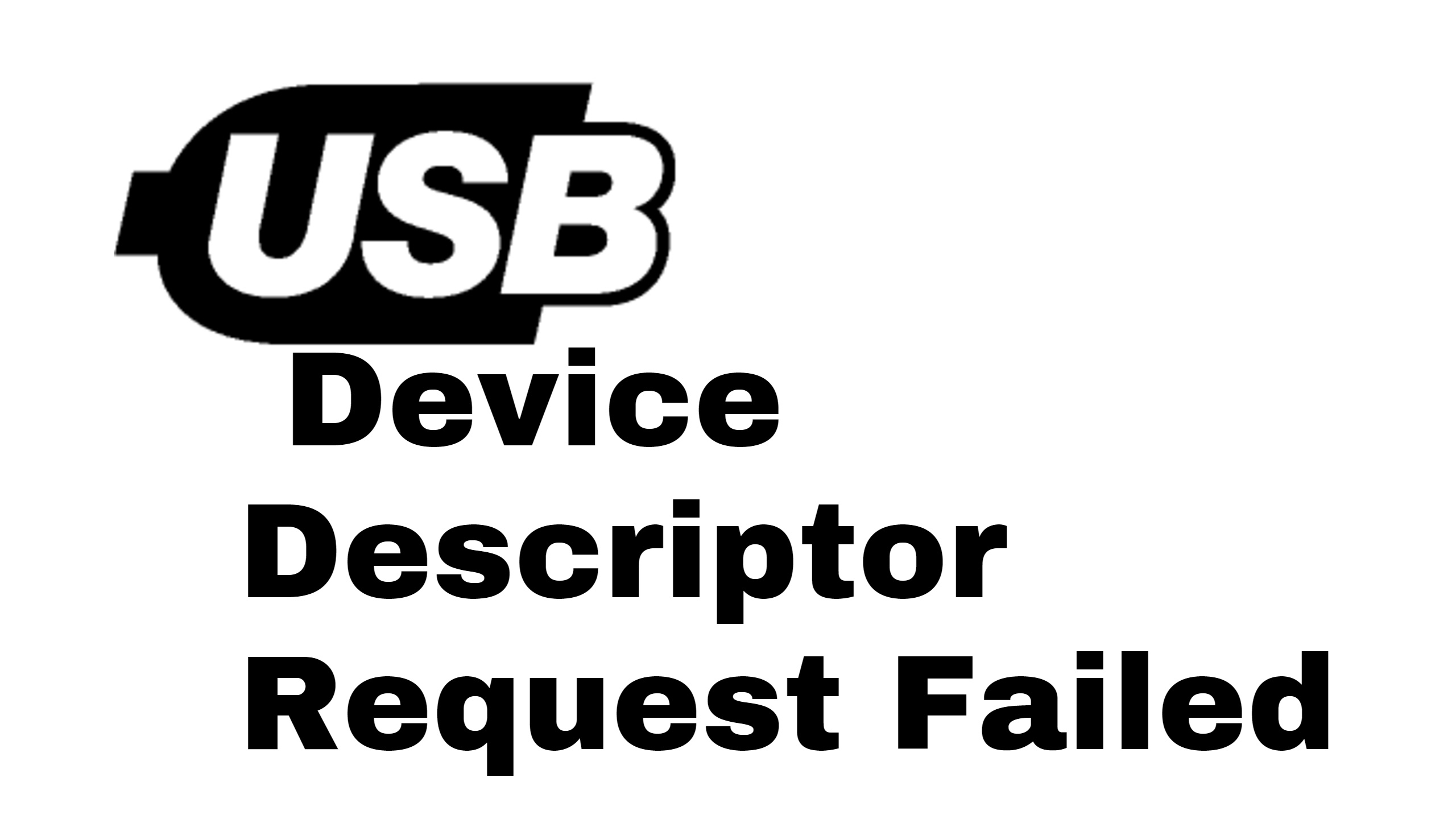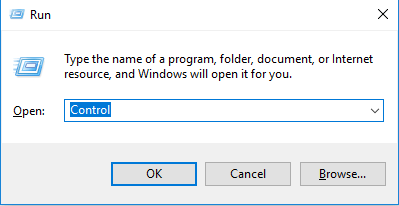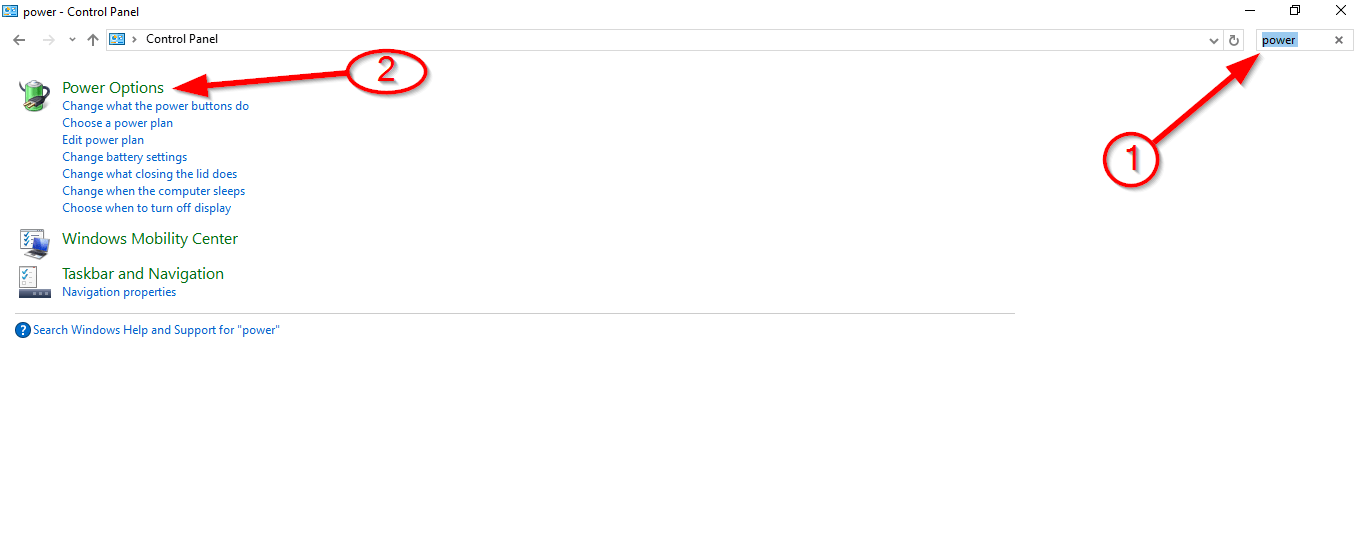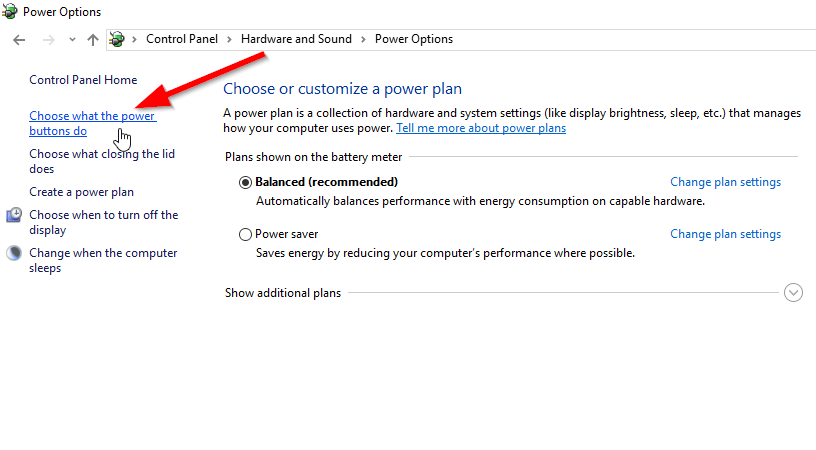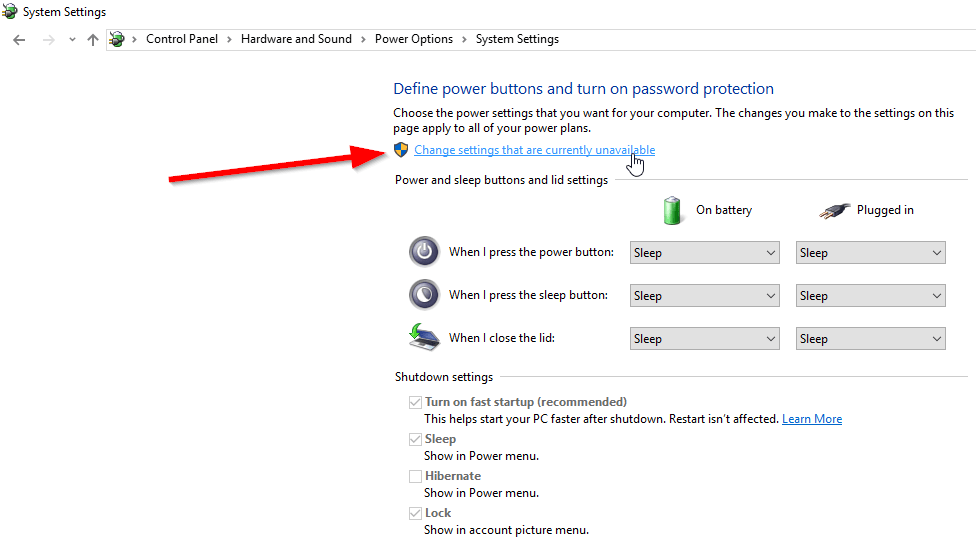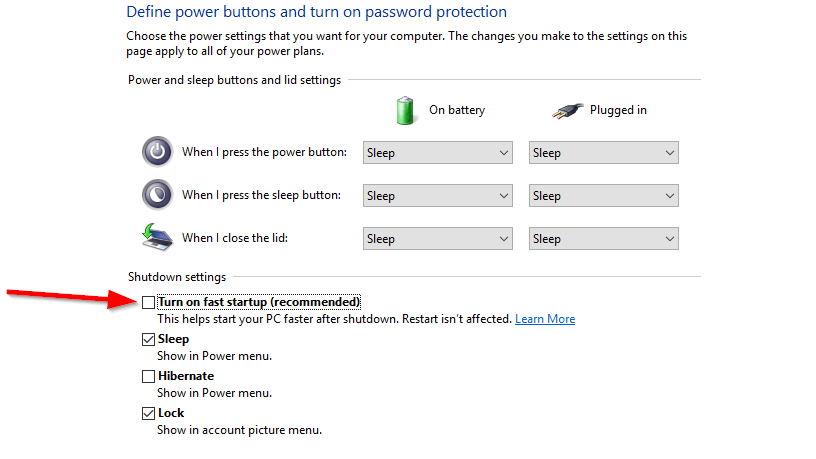The ever changing software industry and the market is being redefined day by day and the major feature which distinguishes this sector from any other industry is the process of miniaturization and also the opportunity of portability of each and every device whereas it is the hardware or the software for any program, it can be carried with the user anywhere and everywhere across the globe and it can be shared with everyone.
This has narrowed the application of travel and also led to the major advent of device and external device compatibility which is a major breakthrough in the market. The system which provides maximum external device compatibility has the highest demand in the market.
Major External Devices Used
There are various types of external devices used for any system to run and they are:
- Internal storage device– This is the inbuilt storage memory device in the system and it is generally of two types known as solid state disk drive and spinning disk drives.
- External Storage– These are expandable memory devices which are attached to the system to move files between machines and to make a computer backup of existing files. The common examples are, CD, optical disks, SD cards and USB flash drives.
- Networked Storage– These are the latest upgradation of storage media in the realms of internet where the files are connected with a networking scheme of Internet and thus the contents are stored in Google drive or Dropbox etc.
What is a USB?
The common abbreviation of the term Universal Serial Bus is known as USB and it is commonly used these days as USB flash drives. It is basically an industry standard that provides specification and transfer of contents between the systems or personal computers and their peripherals. It is famously recognised by its trident symbol which leads in the market.
The basic structure and design of an USB flash drive is simple and consists of a single host with more than one downstream ports and consists of multiple peripherals which eventually forms a star topology. It is built into a hub network and the starting point of this hub network is called as the root hub.
This device basically has end to end interaction and connects the starting to the end point and primarily has three kinds of transfers as:
- Isochronous transfer– Transfer of data at fixed bandwidth of signal but there are some loss of data involved in the process.
- Interrupt transfers– These devices require quick and fast responses.
- Bulk transfers– Transfers data at sporadic bandwidth, though there are no loss of data but the data is transferred at an irregular pace.
The recent advent of USB devices are used as flash drives but it’s earlier mechanisms were strictly focussed as an external storage device. Nowadays, this flash drive provides uniform flowing of data and easy access to other systems for easy installation and running of software programs. Thus the major focus for an USB is transfer of data from one system peripheral to another system peripheral with same or similar device and software compatibility.
Problems faced
The major problem faced by these USB flash drivers in the modern times are:-
- Compatibility issues– Though most of the USB drives are all operating system compatible but few of the USB devices are compatible only to certain operating systems and this issue has been faced commonly in Mac OS. Thus most the Mac users prefer to carry connectors to avoid such delay and address these kinds of issues.
- Device descriptor failed request- Device descriptor request failed is the most common type of error which is shown to a USB device stating connectivity issues as the internal disk of the personal computer cannot read the USB device and may consider it as a potential malware threat. This threat is generally displayed in Windows 10 device manager.
How to fix Device descriptor request failed ?
As mentioned earlier, this is the most common type of error displayed for an USB drive and basically it can be solved by these three different ways as:
- Try connecting the USB device to a different port in the same computer, this will make sure that the device is running properly and there are no inherent broken parts in the system.
- Connecting the device to another personal computer, this will make sure that the USB device has no inherent problems and no such malware is present in it.
- Restarting the computer after the USB device has been connected to it.
If the problem still persists and the computer still shows this error of device descriptor request failed then any method out of the following six solutions may be tried by the user.
The various solutions are:-
-
By disabling fast startup
The fast start up is the most efficient and frugal combination of hibernate and shut down feature of the computer and it can be utilised as:
- Press and hold Windows+R in order to open Run Command.
- Type Control and then hit the given OK button.
- Then try to locate power option in the control panel and thereby click on it to open it.
- There will be multiple options at the left side of the panel and from there choose the option called Choose what the power buttons do.
- Now click on the option of Change settings that are currently unavailable.
- Now on the Turn Up fast recommended box, uncheck it and then click on Save changes button to save all the changes made.
- Now after restarting the system check if the earlier error is solved or not.
-
By Changing the USB Selective suspend setting
- Do a right click on the battery option of your PC.
- Then select Power options from that list.
- Then from Power options click on the Change plan settings option.
- Now click on the Change advanced power setting option.
- A long list will open and from that list select USB settings and then expand it.
- Now in order to expand it click on USB selective suspend setting.
- Now click on the option of On battery and then select Disabled option from the drop down menu.
- Then repeat the same with plugged in option.
- Now click on Apply button and apply all the changes.
- Now save all these changes by clicking on OK button.
Now close all the tabs connected to your USB device and reopen then to check if the error has sorted out or not.
-
By removing the power supply
The removal of power supply can easily solve this problem and this is by far the easiest option and the further process is done as follows:
- By turning off the power supply switch and removing the device from such source.
- After this the system must be restarted and the USB device must be reconnected to the device.
- When the USB device does not show any such errors then the power supply can be reconnected to your system.
-
By uninstalling all the unknown USB drivers
The major glitches may be faced by the user if the USB device is not installed in the system and this can be solved by the following process as:-
- Open the dialogue box Run in your device.
- In this Run dialogue box you have to type “devmgmt.msc” and then you have to click on the OK button.
- Now in order to expand it you have to click on the Universal Serial Bus controller’s option.
- Now you have to attach your device to a system which is not yet been recognised.
- After connecting this device you will see that there is an option in the Universal serial Bus Controller list called as the unknown USB device( port reset failed) and this option has been highlighted in the yellow colour.
- Now right click on this and click on the uninstall option.
- After the uninstallation process has been completed then click on the restart button.
- The device will run smoothly after this and no such errors will be displayed.
-
By updating generic USB hub
This is a bit complex process but with practice it is also the most efficient process to fix this issue. The steps to be followed are:
- Press the keys Windows+X and then choose the Device manager option.
- Now locate the Universal Serial Bus Controller in the Device manager list and then right click on the Generic USB hub option. Now after this you have to select the Update Driver Software option.
- Now you have to select on an option called Browse my computer for driver software.
- A window will appear and you have to choose Let me pick from a list of drivers from my computer option.
- Now you have to click on the Generic USB Hub option and then click on the Next Button.
- Now click on the close button after all the changes have been made.
- Now repeat the above procedure for any other generic USB hub and thus avert this error.
-
By Using a troubleshooter
Troubleshooting is the method to find any system related problem and then solve and fix it in the system. The following steps can be followed for the same as:
- First open control panel.
- Now locate Troubleshooter by typing it on the main search bar in the panel.
- Now select the heading Hardware and Sound and in that select the option of Configure a device.
- Now fix the problem of USB device not recognised.
- Now the troubleshooting process starts and at the end it will show you the list of available problems in the device.
- All the fixing options are also available in the same tool option.
- After this restart your system and check if the problems has been resolved or not.
Conclusion:
Thus after such an elaborate discussion, these are the few simple and easy steps that can be followed to be followed to solve the issue of device descriptor request failed for an USB drive and thus saves time and effort.
